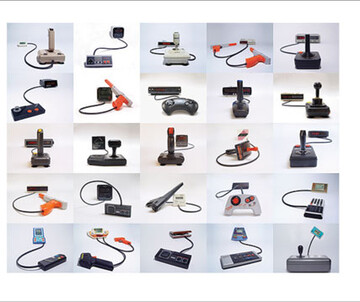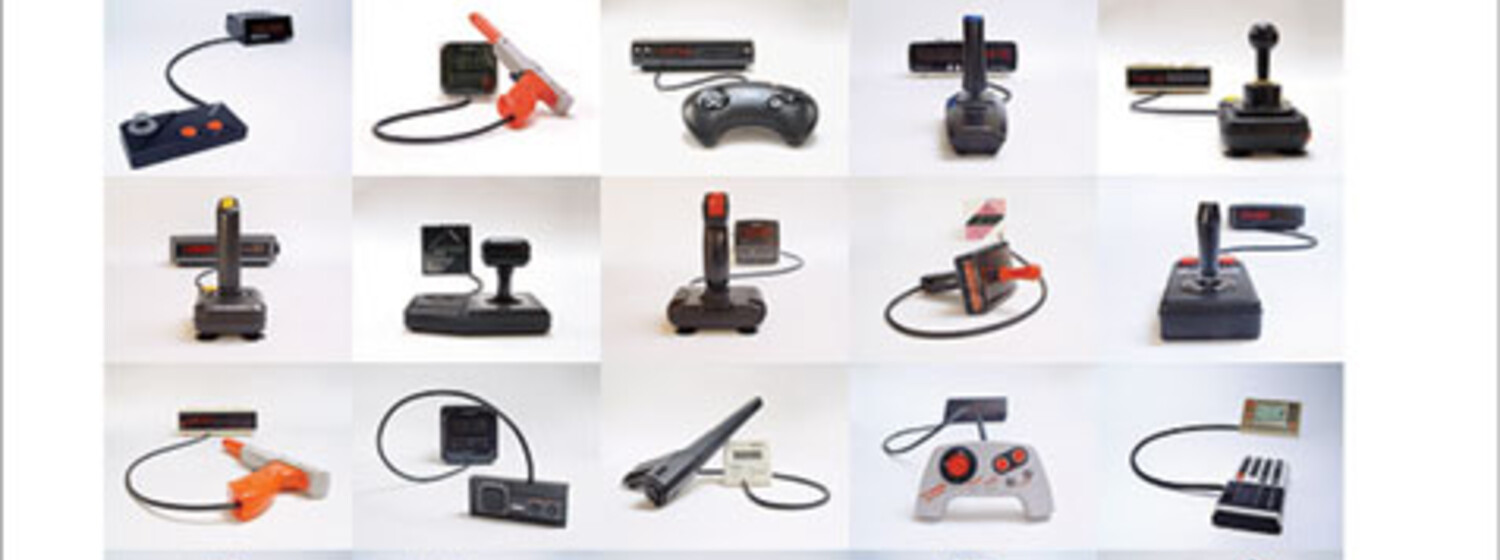23.04.2010 bis 23.04.2010
SUBOTRON electric MEETING : Hard-Wired Devices
FILM & DIGITALE KULTUR


Veranstaltungsreihe zur Theorie von Computerspielen 2010
http://subotron.com/1111-fr-230410-subotron-electric-meeting-hard-wired-devices/
Roger Ibars
interaction designer (Barcelona/Tokyo)
www.rogeribars.com
control
In 2003, while studying my MA in Interaction Design at the Royal College of Art in London, I was working with the idea of "control" as a theme for my final project. I was very interested in investigating how we control things, how things control us and what is the nature of the Interaction Design discipline. My interest was to consider control in a micro scale, in the details of daily experiences. I was not only interested in the relation between users and machines, players and games, people and spaces.... I was very much interested in how low tech daily objects can "control" themselves. As a result of this way of thinking and my research I published the book titled "self- made objects". In this book I designed 8 electronic objects that can take control of themselves: they are objects that can control their functions. These objects wanted to provoke critical thinking about how we can attribute a "mind or a soul" to daily objects.
The origin of the idea of Hard-wired devices (HWD)
The idea of the project HWD came in parallel of the "self-made objects". On one hand I was looking at how objects can help themselves to improve their capabilities. On the other hand I was interest in improving electronic interfaces. I was looking at daily electronic devices that were no very well designed, hard to use, annoying to set up.
I remembered how a hassle is to set up a digital alarm clock. I discovered that the interface to set up the time and the alarm from these electronic products has not changed much over the last 20 years. They are usually designed with 4 buttons (time, alarm, hours, minutes).
I decided to improve this interface because I thought that small experiences in objects are also important for a enjoyable and meaningful interaction. The use of the joysticks gave me the enjoyable experience of "control" that I was looking for. From that point, I started to build alarm clocks controlled by joysticks.
The joystick is one of the greatest inventions of our last 30 years of digital culture. With the joystick we learned how to move in 3D. Games, the Internet, a mobile phone, the iPod and even a dishwasher are using this mapping mindset for their interaction. My project of Hard-wired devices is a celebration of this great invention.
Up,down,left,right and fire!
Roger Ibars studied Sociology at Universitat Autonoma de Barcelona (1996) and graduated from Industrial Design (BA) at Escola Superior de Disseny ESDI (1999). As interaction designer he has been working for MIT Medialab Europe in Dublin, Interaction Design Research Studio at RCA, for T-mobile Creation Center in Berlin and Sony Design Center in London and Tokyo.
Roger Ibars lives and works as interaction designer in Tokyo.
Die Veranstaltungsreihe wird durch die Kulturabteilung der Stadt Wien und die Bundesstelle für die Positivprädikarisierung von Computer- und Konsolenspielen (BUPP) gefördert.